
Bottom Time Dive Service
Manatee, Sarasota & Charlotte Counties
Providing the best in professional underwater services, bottom painting, dock repair, and more.

Providing the best in professional underwater services, bottom painting, dock repair, and more.
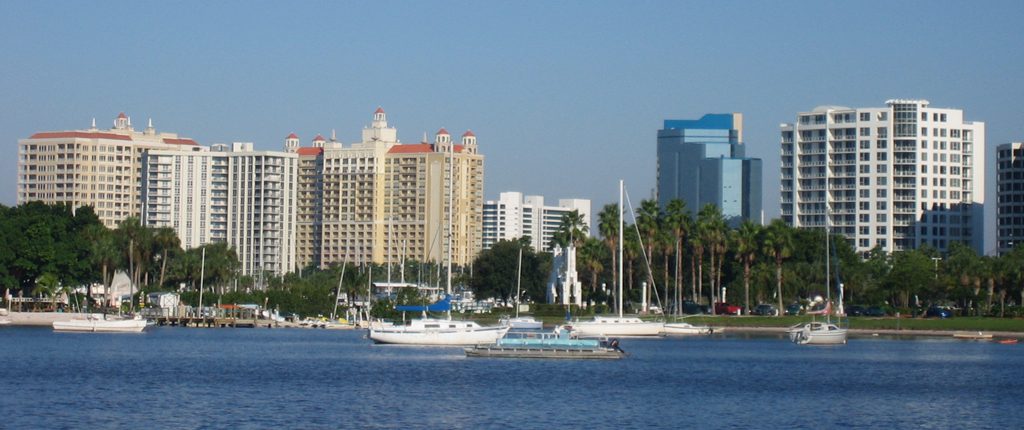
***limited areas in Manatee County***
We're proud to offer underwater boat hull cleaning & yacht maintenance, bottom painting, captain services, dock wraps, and a variety of other dive services to all areas of Sarasota, and Charlotte Counties.
If you don't see your marina, thats okay. We're still growing and would be happy to add it!
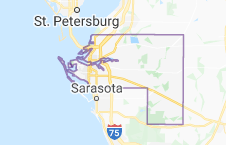
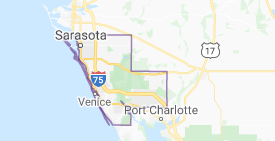
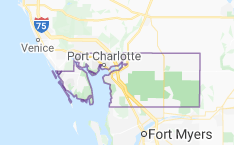
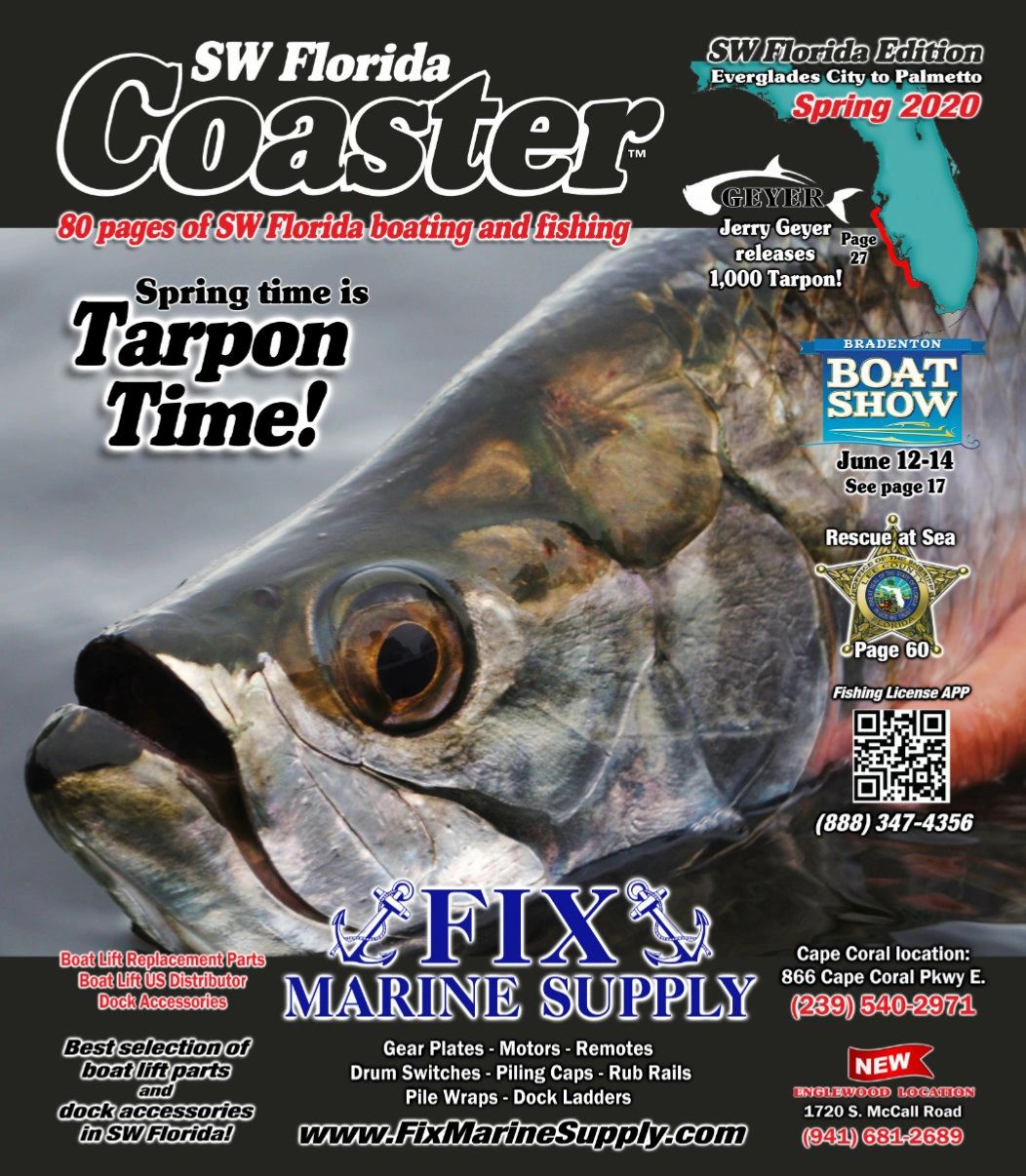
If you’re new to boating in Southwest Florida, and you can’t believe how much junk is growing on your boat, you’re not alone. Veteran boaters from northern states have been known to sell their boats within a matter of weeks after relocating to these waters. Why is the growth here so much worse, what can be done about it, and why bother?
There are two main types of growth you’ll find growing on your boat. There will be soft growth (algae), and hard growth such as barnacles and oysters. Similar to plants found on dry land, algae rely on photosynthesis to convert light into the chemical energy they call food. The brutal Florida sun provides an abundance of the light energy the algae crave. This is why the heaviest algae growth occurs on the waterline of your boat. Another factor involved in the excess amount of algae you’re getting are the high levels of nitrogen and phosphorus found in our waterways. Originating largely from fertilizers, these nutrients are carried downstream from farms and golf courses and right into our waterways. The second type of growth is the hard growth. This consists of oysters which are a type of mollusk, and barnacles. Barnacles are tiny crustaceans related to lobsters and crabs. While the oysters tend to be slightly harder to remove, the barnacles are especially problematic due to how rapidly they can attach to your boat and start forming the shell that will be their home for the duration of their life. They too benefit from nutrients being introduced into the water from fertilizers. The frequent heavy rains we get in the summer washes nutrients into our rivers, ICW, and eventually out to sea. As filter feeders, barnacles rely on the tidal currents of our waterways to bring the nutrients to them. Therefore, lots of sun, lots of rain, and heavy currents of nutrient rich seawater are all contributing factors of the heavy marine growth we experience along the gulf coast of Florida.
Florida boaters have a few options to combat marine growth. One option is to quit boating. This is most likely not a viable option. Several marinas have dry storage where your boat can be put on a rack and splashed back in the water at your request. A similar solution would be to build your own boat lift. However, going this route will prove to be an extremely pricey endeavor. Many people prefer to keep their boat, keep it in the water, and hire a diver to clean it. Typically a diver will need to remove the marine growth once a month. Depending on the condition of the paint, and the time of year it may need slightly more, or less frequent cleanings.
Why does any of this matter? The boat hasn’t been cleaned in 6 months and it still runs. One reason is that having a slimy coating of algae can decrease the efficiency of your vessel by 20% while heavy barnacle growth can decrease it by 60%. The loss in efficiency means you’re going to be slower, you’ll experience higher fuel consumption, your engine/s will have to work harder, and you’ll be emitting more greenhouse gasses. Barnacles, if left to their own devices, will eventually dig themselves into your paint so deep that the calcium deposits left behind after knocking them off will be impossible to remove without digging into the bottom paint. Algae, if left unchecked, will find its way into your intakes. Depending on which thru-hull it went in, you risk overheating your engines or reducing the effectiveness of your onboard air conditioning. Heavy growth on your running gear causes vibrations that can potentially damage cutlass bearings, transmissions, and other components of your boat. Just remember that while the bottom of your boat may be out of sight, it should never be out of mind.
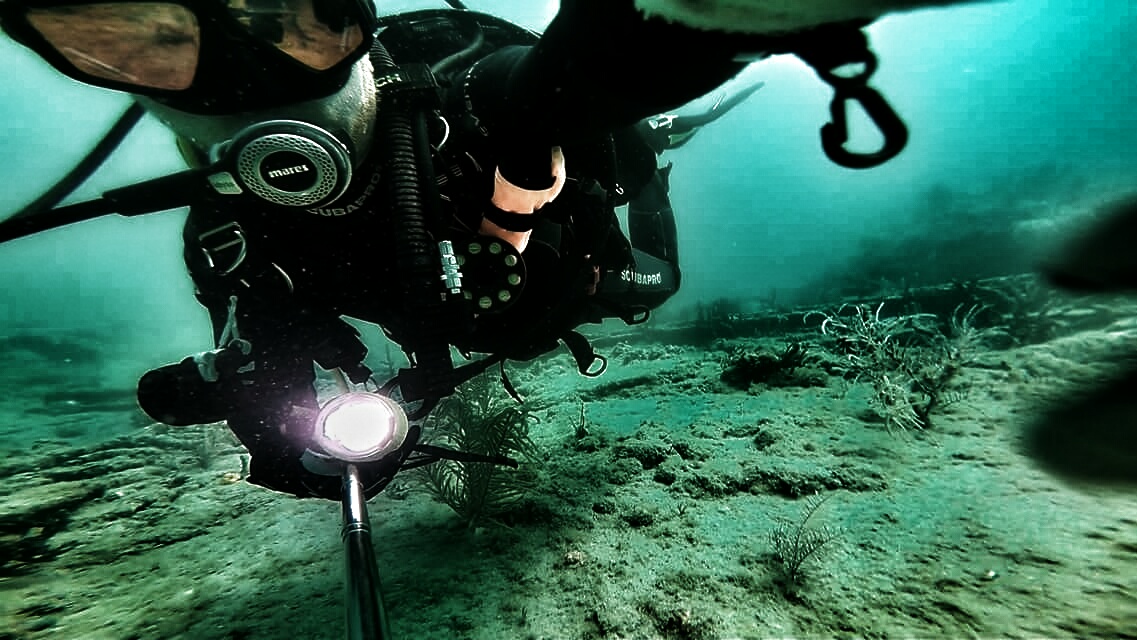
As well as being the owner of Bottom Time Dive Service, I'm also a veteran of the U.S. Navy, certified as a PADI dive instructor, and have several years of experience with hull maintenance. Aside from my water related activities, I have a degree in cyber-security and am the aspiring web-developer who designed and coded this site.
I love being on the water at least as much as you do and promise to care for your vessel as if it were my own.